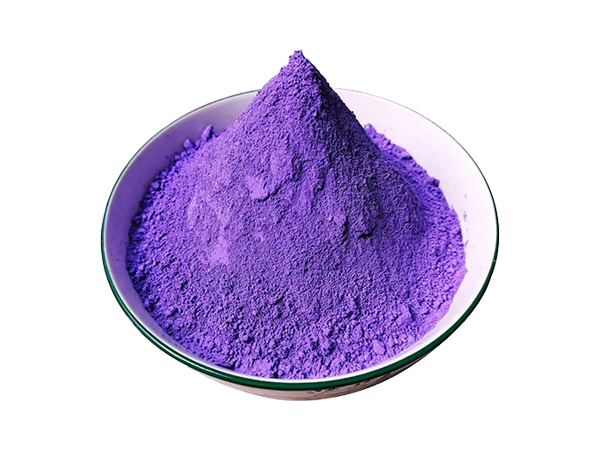The selection of high-temperature resistant pigments is crucial. The correct choice not only ensures the durability and stability of colors, but also meets the performance requirements in specific environments. The following are key factors and decision-making guidelines to help you choose suitable high-temperature resistant pigments
1、 Understand the temperature range of the application environment
Firstly, it is necessary to clarify the maximum temperature that your application scenario is facing. This is the basic prerequisite for choosing high-temperature resistant pigments. Different high-temperature resistant pigments have different temperature resistance limits
If applied to fluoroplastics, it is necessary to use pigments that can withstand high temperatures of 400 ℃, while the production of fluorocarbon paint and color steel coatings requires the use of pigments that can withstand high temperatures of 600 ℃ or above
2、 Consider the required color and color stability
Color is an important factor when choosing high-temperature resistant pigments. Ensure that the selected pigments provide the desired color and do not undergo significant changes in color under high temperature conditions
Some pigments may fade, darken, or discolor at high temperatures. For example, some red pigments may gradually turn brown at high temperatures. Therefore, for applications with strict color requirements, such as the labeling of high-end ceramic products or precision instruments, high-temperature resistant pigments with excellent color stability must be selected
3、 Chemical compatibility of pigments
Understanding the chemical compatibility of pigments with other substances in the application environment is also crucial. For example, if your application involves chemical corrosive media such as acids, bases, or organic solvents, the selected high-temperature resistant pigments must be able to resist the erosion of these chemicals
In some cases, pigments may react with other components in the base material or coating, thereby affecting their performance. Therefore, it is necessary to conduct sufficient chemical compatibility testing before making a choice
4、 Adhesion and durability of pigments
Good adhesion ensures that the pigment can firmly adhere to the substrate surface and is not easily peeled or peeled off under high temperature and other harsh conditions. Durability is related to the performance maintenance of pigments during long-term use

For example, in the coating of automotive engine components, due to the vibration and thermal cycling of the engine, pigments need to have strong adhesion and durability to ensure their long-term protective and decorative effects
5、 Cost and availability
Cost is also one of the factors to consider when choosing high-temperature resistant pigments. Some high-performance high-temperature resistant pigments may be expensive, but if the application requirements are extremely demanding, investing in high-quality pigments is worthwhile
At the same time, the availability of pigments should also be considered. Some high-temperature resistant pigments for special purposes may have limited supply or require longer delivery times. When choosing, it is important to ensure timely access to the required pigments to meet production or project schedule requirements
6、 Technical support and product documentation
High quality suppliers typically provide detailed technical support and product documentation, including pigment performance data, application recommendations, and testing reports
For example, based on your specific needs, we can provide test results for pigments at specific temperatures and environments to help you make more informed choices. Meanwhile, our technical experts can also provide personalized solutions and suggestions for your application

Mobile Site

Mobile Site
Mr. Ma +86 137-2817-9886
Address: No. 26, Qishi Section, Eastern Expressway, Qishi Town, Dongguan City, Guangdong Province, China
Copyright © 2025 Dongguan Haideli New Materials Co., Ltd. All rights reserved
【Backstage】